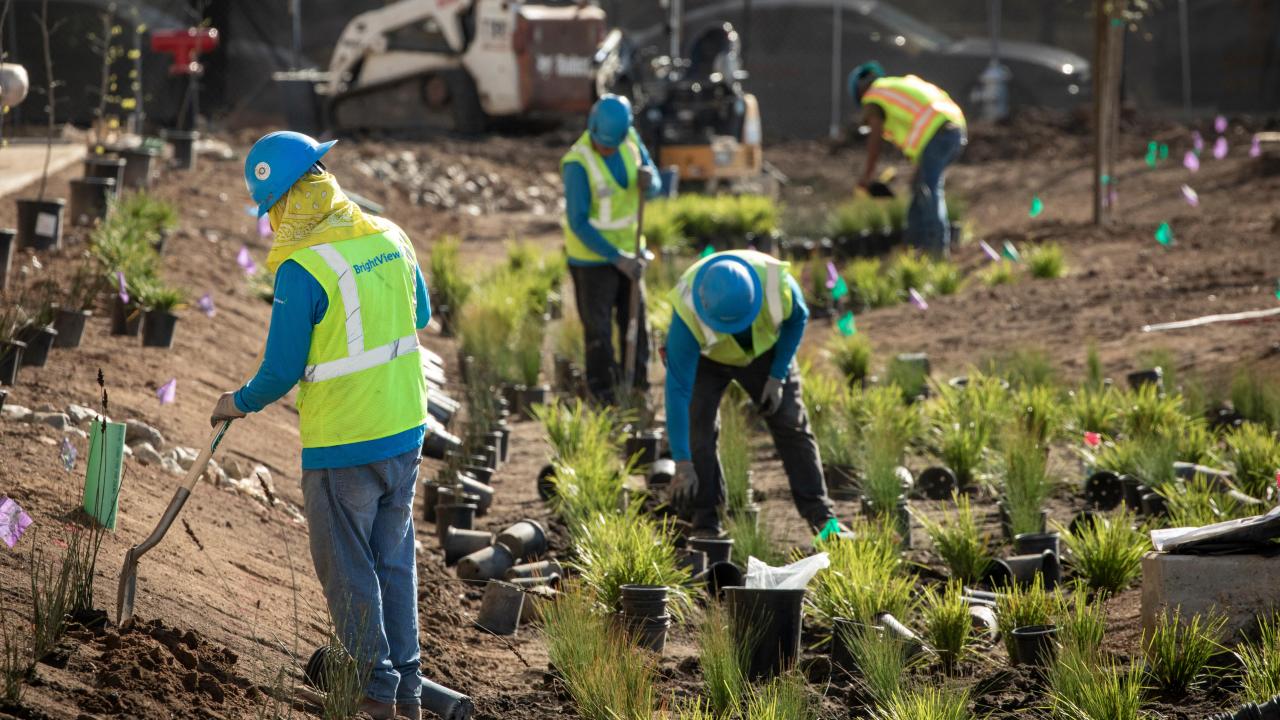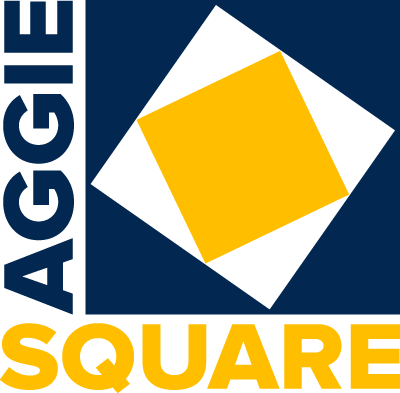
Aggie Square Exceeds Ambitious Sustainability Goals with Thoughtful Design
A key element in the vision of Aggie Square is sustainability—a broad concept that encompasses and inspired the massive project’s design at all levels, from its use of all-electric energy sources down to the details of reducing the carbon footprint from transporting materials with the use of locally produced brick and glass envelope. The sustainability goals set by the University of California system are ambitious, and Aggie Square is poised to exceed them, as architect Blake Coren of ZGF Architects and mechanical, electrical and plumbing (MEP) engineering lead, Paul Erickson of Affiliated Engineers detailed in a lively presentation at nearby Oak Park Brewing on June 12, 2024.
Coren emphasized that Aggie Square’s high commitment to sustainability, rare in such a large commercial development, emerged from the partnership between developer Wexford Science and Technology and UC Davis, which had “significant sustainability goals” from the outset of the project. “This is Wexford’s biggest project to date, and what’s really special about it is the partnership with UC Davis, which elevated the development from a design standpoint,” said Coren. “We’ve been able to bring a private-development client to this higher education standard of design.”
Aggie Square’s construction is outperforming UC sustainability standards in multiple ways, but Coren and Erickson emphasized a few particularly significant achievements. The development is on track to achieve LEED gold status (UC standards call for silver), and to exceed Title 24 (California state energy efficiency standards) by 20-30 percent. Its all-electric energy source approach is unique in the country at the scale of this development. “I wouldn’t say it’s a unicorn of a building, but it is really the leading edge of what we're seeing nationally for complex buildings at this scale,” said Erickson.

Other innovative technical design elements increase energy efficiency and sustainability in ways carefully designed for Sacramento’s hot climate. The buildings’ heating and cooling systems use efficient heat pumps (rare in commercial buildings), leverage exhaust air heat recovery and the buildings are designed with cascading air flow for ventilation, as well as smart strategies (such as omitting cooling towers) that save 60 percent of water as compared to typical lab buildings.
Sustainability, however, doesn’t come just in the form of technical specs, according to Coren: “When we think sustainability, I always like to think about user experience and equity. That's a really huge part of this project,” she said. Shared terraces, kitchen spaces, and lab design encourage collaboration and networking. The ground floor is open to the public and designed to be user-friendly for the surrounding community.
That concept extends to the pedestrian-friendly square at the heart of the development, which is tailored to Sacramento’s hot, dry climate. The spaces are flexible and inviting, with plenty of shade, seating, and a tree canopy—developed from contract-grown mature trees that will be transplanted—that meets urban forestry goals. Hardscapes are porous to prevent water runoff, and the landscape design uses drought-tolerant native plants, chosen with a view toward the warming climate.
“We weren’t just selecting things that exist around the city now, but things that are also going to work with a changing climate into the future,” said Coren. That’s a true ground-up approach to sustainability—and a hallmark of Aggie Square’s thoughtful, integrated design.
